Over the Padma, by the bridge of dreams!

We Bangladeshis are an emotional people, loving with depth and hating with gusto. National emotions have been running high on something just as big as our dreams— the Padma Bridge.
Besides providing faster internet, boosting the economy, and bringing the country closer by providing a vital link in the national road network of Bangladesh, the Padma Bridge is a source of immense pride, as well as relief, for multitudes.
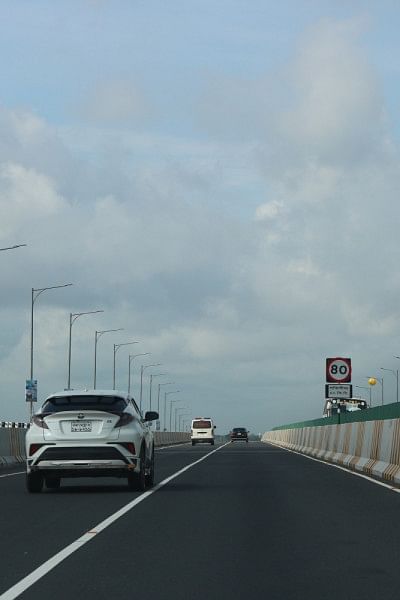
Having said that, along with thousands of other people, my friends and I took it upon ourselves to visit the new historic benchmark created by the country. Starting our journey at six in the morning from Uttara, in a half-zombie state, I began recording our anticipation on my GoPro.
With little to no traffic on our way, we reached Motijheel in 20 minutes. By that time, our tummies started to grumble loud enough to make us have breakfast in an old-fashioned way with Naan and some succulent Khashir Paya (mutton broth). Satisfied with the breakfast and the mandatory tea, we resumed our journey with a new attitude.
The entry to Mawa highway was as majestic as ever until we encountered the painfully long three-kilometre traffic congestion. Thus began our journey towards the other side of the Padma truthfully. Stuck in the traffic limbo for over two and a half hours, we saw many individuals and groups similarly trapped, itching to cross the toll plaza of the Padma Bridge.
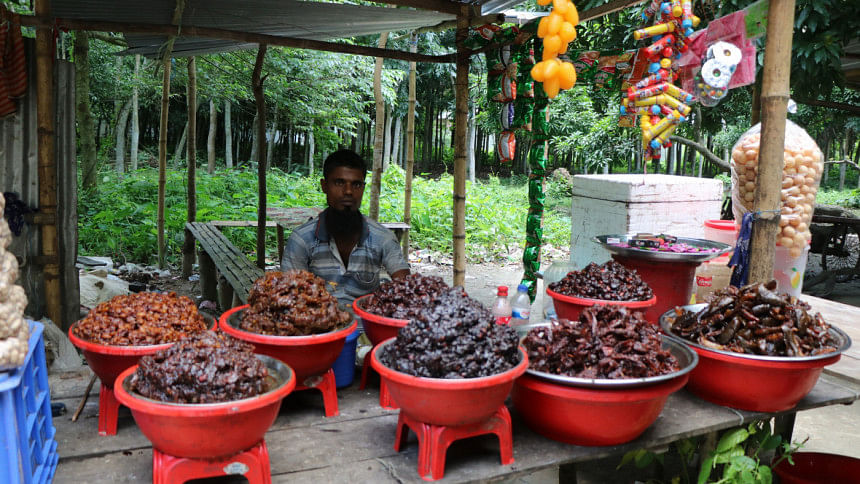
After an eternity of pushing the line, we finally paid the toll as our eyes widened at the view ahead of us. Never had we ever seen the Padma River in its full glory from above. Cruising through the awe-inspiring bridge at the optimum speed of our car, it felt as if we had entered a new era of possibilities.
What took us aback was seeing moving trucks and pickups hauling furniture and household items on the other side of the bridge. It only meant one thing, people no longer needed to choose between their hometown and a better job in Dhaka.
The first phase of the bridge visit ended when we got off the road and continued onwards to Bhanga's six-lane expressway. It took us by surprise when we realised that Barishal is only three to four hours away, followed by Khulna, Faridpur and Gopalganj. When we reached Bhanga and took a tea break while exploring the area, besides the six-lane expressway, there is much to be developed in the area — however, thanks to the Padma Bridge, that will take much fewer years than otherwise imagined.
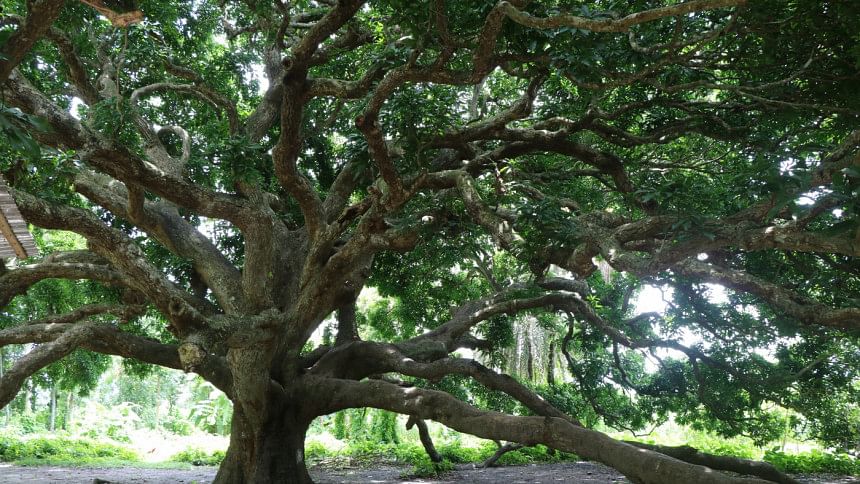
Having no other destination in mind, I decided to open up Google Maps to look for places intriguing enough to pique my interest. Within a few minutes of scrolling, a place tagged as a historical landmark in Hironkandi, Maheshpur, caught my eye and off we went, and reached by lunch time. Taking our sweet time with our meals and discussing our experiences made the time fly faster. After proper rest, I started towards the landmark known as Hironkandi Mango Tree on foot. This tree has been privately owned by a local family in the area for generations and has been dated as at least a hundred years old.
The sight of the century-old tree was nothing short of magical. The branches grow fanned out, majestic and heavy, enough for one of those to touch the ground and re-erect itself to look like a separate tree. Locals in the area say the tree bears innumerable mangoes, each sweet as nectar. In addition to that, the tree gave off a very nurturing and positive vibe to all of us. That only made our time with locals in that area more memorable. With stalls selling pickled mangoes and leather, it made up for the munchies we craved while sharing good stories with them.
Like all good things, our time came to an end, and we started to head back to Dhaka. After only two hours, we reached Mawa Highway. This only cemented the idea that making a day trip to Barishal and places around the south is no longer a pipe dream.

 For all latest news, follow The Daily Star's Google News channel.
For all latest news, follow The Daily Star's Google News channel. 


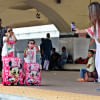

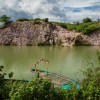
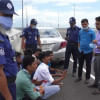

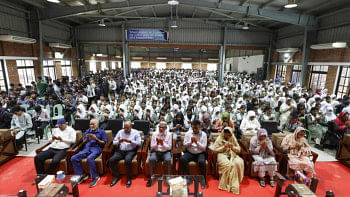
Comments